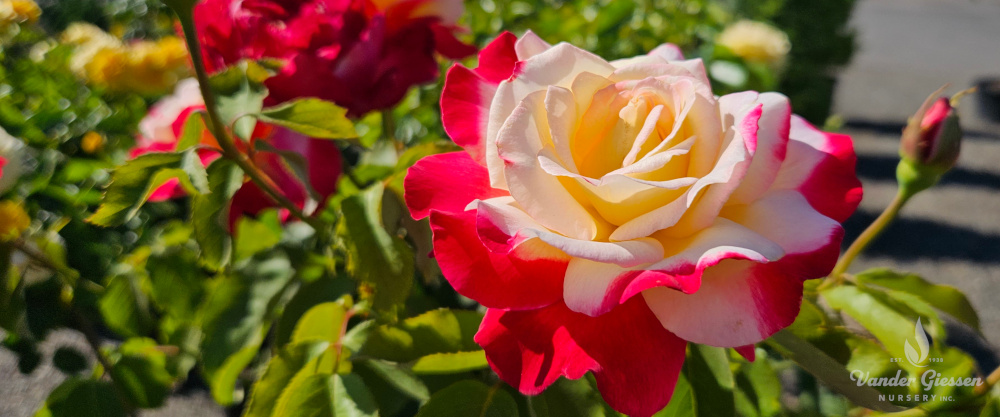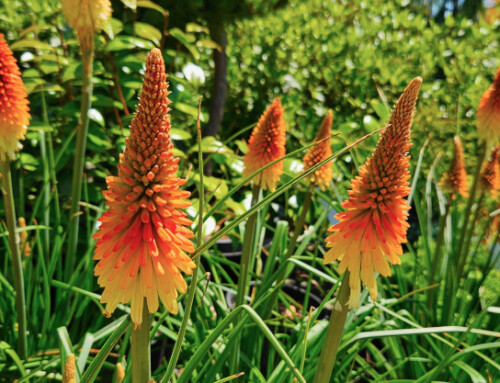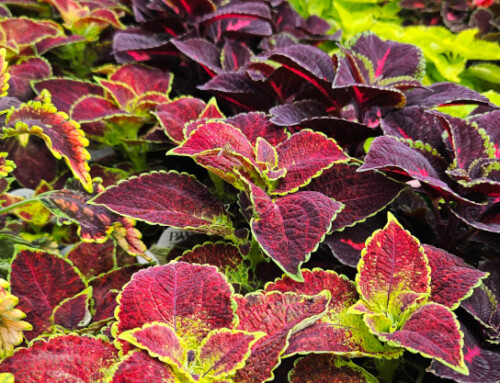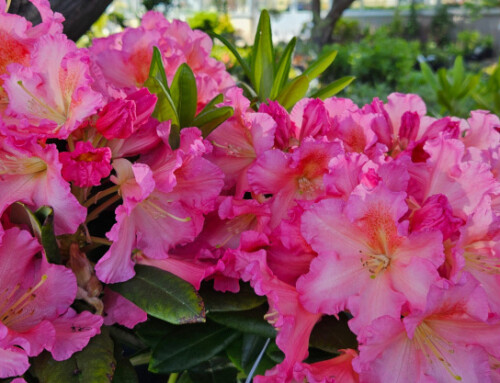I love the excitement of a good winter storm, but once February rolls around, my mind starts shifting to the anticipation of spring. With mild temperatures and sunny days teasing the new season just around the corner, it’s time to start preparing your garden for spring. As you get started with your initial spring garden tasks, here are a few suggestions of where to start.
My first task around the garden each year is cleanup. No matter how tidy a gardener you are, chances are high you didn’t finish every bit of cleanup around your yard last fall—and even if you did, winter’s wind, rain, and the general inattentiveness that follows with the season means you’re going to have some work to get things looking nice again.
Start your cleanup around the yard by deadheading hydrangeas and echinacea you kept for winter interest, cutting back ornamental grasses, and pulling stray weeds that amazingly survived our low-single-digit temperatures. Additionally, take the time to rake out any leaves that have collected around your plants over winter to reduce the number of garden pests that may have overwintered there.
Next, it’s time to divide any perennials that got overgrown last summer. One of the joys of growing perennials is watching them multiply over the years, and for the health of the plants, dividing your perennials every few years will keep them growing vigorously for years to come.
For some perennials, I typically recommend dividing in autumn, but if you missed your opportunity last fall, late winter is a safe time to divide many perennials before they begin to sprout. Simply dig up the root mass and use a sharp shovel, hori hori knife, or even reciprocating saw to split the roots into quarters or thirds, being sure to identify and keep at least two to three buds or growing tips (sometimes called ‘eyes’) on each portion for best results. Replant each portion you’ve divided or plant one and give the others away to friends, remembering to fertilize with a slow-release fertilizer like Jack’s Classicote later this spring when they begin to sprout.
After dividing perennials, my next task around the yard will be rose pruning. Whether you have a single rose bush or a whole garden dedicated to these classic plants, you know that few other shrubs rival the blooms and enticing scent roses provide from May through October. On a pleasant day sometime this month, get your roses ready for spring by pulling away any mulch you’ve piled around the base of the plants for winter protection, then get to pruning.
When I prune my roses in spring, I always seek to accomplish three goals: 1) cleaning up dead, sickly, or spindly canes; 2) opening up the center of the bush for proper air circulation; and 3) removing all but three to five well-spaced, healthy canes. After a whole year’s worth of growth, even a well-kept rose bush can look unkempt by the time the next spring rolls around, so rather than get overwhelmed at the idea of rose pruning, simply follow the steps above, checking off each in order.
After removing any sick or weak-looking canes (that’s rose-speak for branches if you’re unfamiliar), prune out any branches angled inward toward the center of the plant. As the season progresses, those branches crowding the center won’t get proper air circulation and will be the first to get diseased, so eliminate anything that crowds the plant. Last, prune all your remaining branches down to as low as four to six inches (or as tall as a foot off the ground), pruning just above a bud facing outward away from the center of the plant. Choose your healthiest three to five canes to keep, and cut all the others totally down to the ground or to the graft—identified as the knobby portion of the plant from which all the canes sprout.
With the official arrival of spring still more than a month away, winter may not be totally done with us yet, but I’ll be the first to say it feels good to get outside and start to play in the dirt once again. To adapt a quote from John Muir, the garden is calling and I must go. Won’t you join me?








Leave A Comment